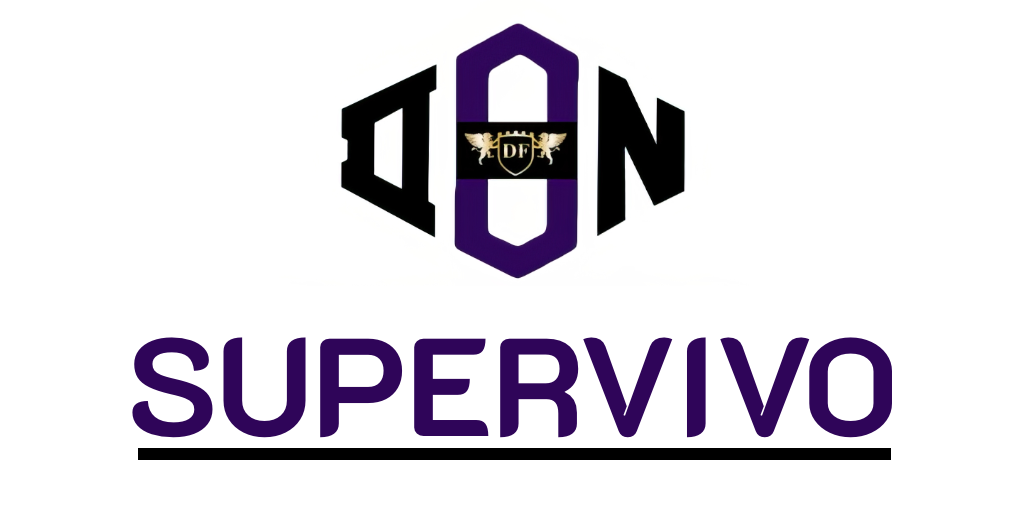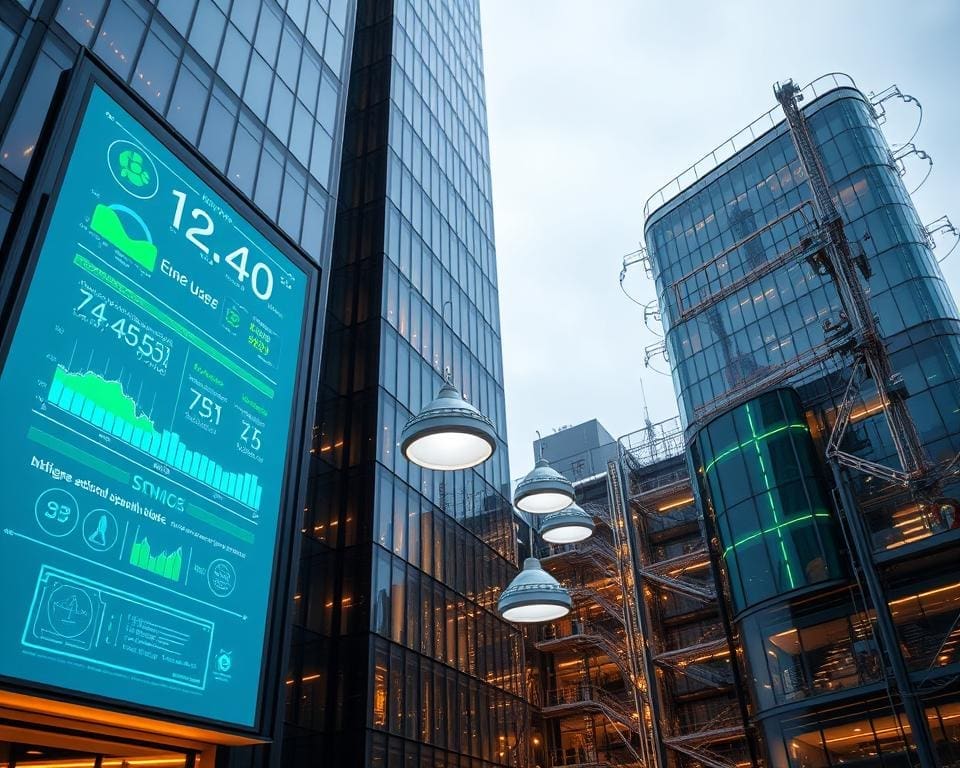In the rapidly evolving landscape of architecture, smart technologies are becoming pivotal to redefining modern building design. These innovations not only enhance the aesthetic appeal of structures but also play a significant role in advancing sustainable architecture. By integrating advanced systems and sustainable practices, architects can create spaces that are not only functional but also environmentally responsible. This introductory exploration sets the stage for a comprehensive analysis of how architectural innovation is harnessing smart technologies to transform our built environment, focusing on efficiency, user experience, and energy management.
The Rise of Smart Technologies in Architecture
The emergence of smart technologies in architecture represents a significant shift in the way buildings are designed and function. The smart technologies definition encompasses various elements such as automation, connectivity, and data analysis. These components work together to create structures that not only serve their intended purpose but also contribute to sustainability and energy efficiency.
Defining Smart Technologies
At the heart of modern architectural technology lies a unique combination of tools and systems that redefine building capabilities. Smart technologies allow for real-time monitoring and control of various building systems, enabling efficient management of energy consumption and enhancing occupant comfort. Automation features, such as smart lighting and climate control, represent an evolution in building design, providing residents with unparalleled convenience and efficiency.
Historical Context: From Traditional to Smart Design
The history of architecture showcases an evolution that reflects changing societal needs and technological advancements. Traditional methods, characterised by manual labour and rudimentary tools, have gradually transitioned into a digitally driven approach. Significant milestones in architectural technology, such as the introduction of computer-aided design (CAD) and building information modelling (BIM), marked the beginning of a new era. This journey has brought forth sophisticated architectural practices, paving the way for the integration of smart technologies. The evolution of building design continues to blend aesthetic considerations with cutting-edge functionality, highlighting the importance of innovation in shaping our built environment.
How are smart technologies shaping modern building design?
Smart technologies have begun to redefine the architectural landscape, reshaping the way modern building functionalities cater to both aesthetic and practical needs. This evolution reflects a significant shift towards more responsive and adaptive environments. The integration of intelligent systems not only enhances operational efficiency but also fosters better interactions between occupants and their surroundings.
Transformative Effects on Functionality
The incorporation of smart systems leads to remarkable changes in how buildings operate. For instance, dynamic space utilisation ensures that areas can be adjusted according to demand, maximising their purpose throughout the day. Automated environments respond to real-time data, allowing for optimal management and maintenance, which elevates the overall functionality of each space. Such advancements illustrate how automation in architecture is instrumental in creating buildings that are not only functional but also harmonious with user needs.
Enhancing User Experience through Automation
In the realm of user experience design, smart technologies offer an array of tools to improve comfort and convenience. Automated features such as climate control, lighting adjustments, and security systems can be personalised, creating an intuitive experience for occupants. These advancements promote higher levels of engagement, as real-time feedback mechanisms allow users to interact seamlessly with their environments. The presence of predictive systems ensures that buildings become proactive rather than reactive, optimising occupant satisfaction and enhancing everyday living experiences.
Energy Efficiency and Sustainability
In the evolving landscape of modern architecture, energy efficiency and sustainability are emerging as paramount considerations. Smart technologies play a key role in enhancing these aspects, offering innovative solutions that significantly lower energy consumption while promoting sustainable practices.
Smart Building Systems for Energy Management
Integrating smart building systems revolutionises energy management. Systems such as advanced HVAC and intelligent lighting adjust their output based on real-time data, optimising energy usage effectively. This approach not only enhances energy efficiency but also contributes to the creation of sustainable buildings that meet stringent environmental standards. Through smart energy management, occupants enjoy improved comfort while significantly reducing their carbon footprints.
Geothermal and Solar Integration
The integration of renewable energy systems, such as geothermal and solar technologies, strengthens the sustainability of modern buildings. Geothermal systems utilise the earth’s consistent underground temperatures to heat and cool spaces efficiently. Solar panels harness sunlight to generate electricity, serving as a clean energy source that dramatically reduces reliance on fossil fuels. Emphasising renewable energy contributes to creating a resilient and sustainable future, aligning architectural practices with global environmental goals.
Smart Materials in Modern Construction
As the landscape of building technology evolves, smart materials emerge as a pivotal component in the realm of modern construction. These innovative substances possess properties that allow them to react dynamically to their environment, setting them apart from traditional materials. Understanding smart materials is essential for utilising the full potential of material science in the engineering of contemporary structures.
Defining Smart Materials
Smart materials are those that can sense changes in their surroundings and respond accordingly. This includes alterations in temperature, pressure, or other environmental factors. Such adaptability not only enhances the performance of buildings but also contributes to their longevity and sustainability. These materials are integral to the ongoing transformation of material science, pushing the boundaries of what is possible in construction.
Advantages of Using Smart Materials
Employing smart materials offers a multitude of benefits for architects and engineers. Key advantages include:
- Enhanced Durability: Smart materials improve the lifespan of structures by adapting to stresses and conditions, reducing wear and tear.
- Lower Maintenance Costs: The self-repairing capabilities of certain smart materials can significantly minimise maintenance requirements.
- Environmental Responsiveness: These materials can adjust to environmental fluctuations, maintaining comfort and efficiency within buildings.
Case Studies: Successful Applications
Several landmark projects have successfully integrated smart materials, showcasing their potential within modern construction. For instance, the Eden Project in Cornwall utilises self-cleaning materials, allowing for minimal upkeep while augmenting visual appeal. Another remarkable example is the Bosco Verticale in Milan, where smart concrete responds to moisture and temperature changes, enhancing the building’s energy efficiency. Such projects exemplify how the innovative use of smart materials can transform not only technical performance but also aesthetic integrity in building design.
The Impact on Aesthetics
The integration of smart technologies into architectural practices significantly influences architectural aesthetics. As architects navigate the challenge of harmonising visual appeal with functional technology, innovative architectural design emerges as a focal point of modernity. Embracing design technology integration facilitates an exploration of new forms and features that resonate with contemporary needs.
Balancing Design and Technology
Architects face the intricate task of balancing the artistic elements of a structure with the underlying technological functions. This balance is critical in ensuring that a building not only stands out visually but also operates efficiently. Techniques such as modular design allow for greater flexibility in aesthetics while retaining essential smart features.
Innovative Design Solutions Enabled by Smart Tech
Smart technology unlocks a realm of possibilities in architectural aesthetics. Features like dynamic facades and responsive lighting systems adapt to changing environmental conditions. These innovative solutions enhance the beauty of buildings while showcasing their technological capabilities. Architects now have the ability to create spaces that are not only functional but visually compelling, seamlessly integrating architectural aesthetics with cutting-edge technology.
Smart Home Integration in Building Design
The integration of smart home technologies within modern building design has transformed the landscape of residential environments. Home automation systems play a pivotal role in enhancing comfort, convenience, and security for residents. As architects and builders embrace such innovations, understanding the essential features and evolving consumer preferences becomes crucial.
Features of Smart Homes
A plethora of features characterises smart homes, making them an attractive choice for homeowners. Among the most significant are:
- Remote management capabilities for controlling devices from anywhere.
- Automated systems that adjust lighting, heating, and cooling based on user preferences.
- Enhanced security measures, including smart locks and surveillance systems.
- Energy monitoring tools that provide insights on consumption patterns.
Consumer Preferences and Market Trends
Consumer trends indicate a marked shift towards residential technology that prioritises smart home functionalities. Homebuyers increasingly seek properties equipped with these advancements, reflecting a desire for more efficient, comfortable living spaces. Insights gathered from market surveys reveal:
- A growing awareness of sustainability, with many preferring energy-efficient solutions.
- An emphasis on user-friendly interfaces and seamless connectivity.
- A demand for customisable settings to suit individual lifestyles.
Challenges and Considerations
The integration of smart technologies into building design offers numerous benefits but does not come without its challenges. Addressing the cost implications of smart technology implementation forms a crucial aspect of this evolving landscape. Initial investment costs may be significant, leading many stakeholders to weigh these expenses against potential long-term savings. Understanding the true cost of implementation is vital in evaluating the feasibility of smart building projects.
Cost Implications of Smart Technology Implementation
Smart buildings involve a range of advanced technologies that can dramatically improve efficiency and user experience. However, investments in these systems require careful financial planning. Costs may include:
- Initial setup and installation expenses
- Training for staff and users
- Ongoing maintenance and updates
These challenges of smart technology often create doubts among developers and investors alike, making it essential to articulate clear returns on investment while considering future operational savings.
Security Concerns in Smart Buildings
As smart technologies enhance the functionality of buildings, they also open new avenues for building security issues. Increased connectivity leads to heightened risks, making it imperative to address smart building concerns about data integrity and privacy. Potential threats include:
- Data breaches exposing sensitive information
- Misinformation stemming from cyberattacks
- Vulnerabilities in interconnected systems
Robust security measures must be part of any smart building initiative to mitigate these risks. As a result, comprehensive strategies focusing on both physical and cyber safeguards play a critical role in ensuring the safety of occupants and assets alike.
The Future of Smart Technologies in Building Design
As we look forward to the future of building design, the integration of emerging technologies in architecture is poised to redefine the architectural landscape. Innovations such as artificial intelligence, machine learning, and the Internet of Things (IoT) hold the potential to transform how buildings interact with their occupants and the environment. Architects and developers must adapt to smart building trends, ensuring they are equipped to harness these advancements to create highly intelligent structures that respond to the needs of users and promote enhanced sustainability.
The advent of these technologies promises to significantly improve user experiences, allowing for greater customisation and efficiency. Buildings will not just serve as static entities but will evolve into dynamic, responsive environments. Incorporating smart sensors and automated systems can improve energy management and enhance overall comfort, creating spaces where efficiency and user satisfaction go hand in hand.
To remain at the forefront of these developments, architects and developers need to focus on continuous learning and collaboration with technology providers. Engaging with cutting-edge solutions and remaining open to experimentation will be essential to navigate the complexities of the future of building design. By embracing these changes, the built environment can lead the way towards a more sustainable and technologically advanced future.









